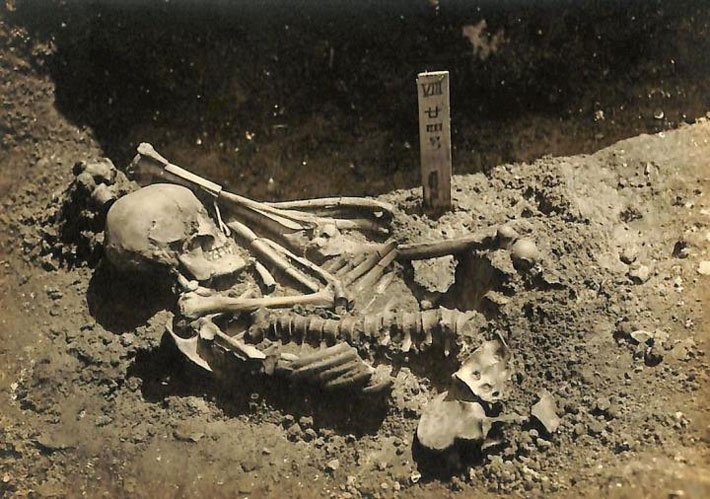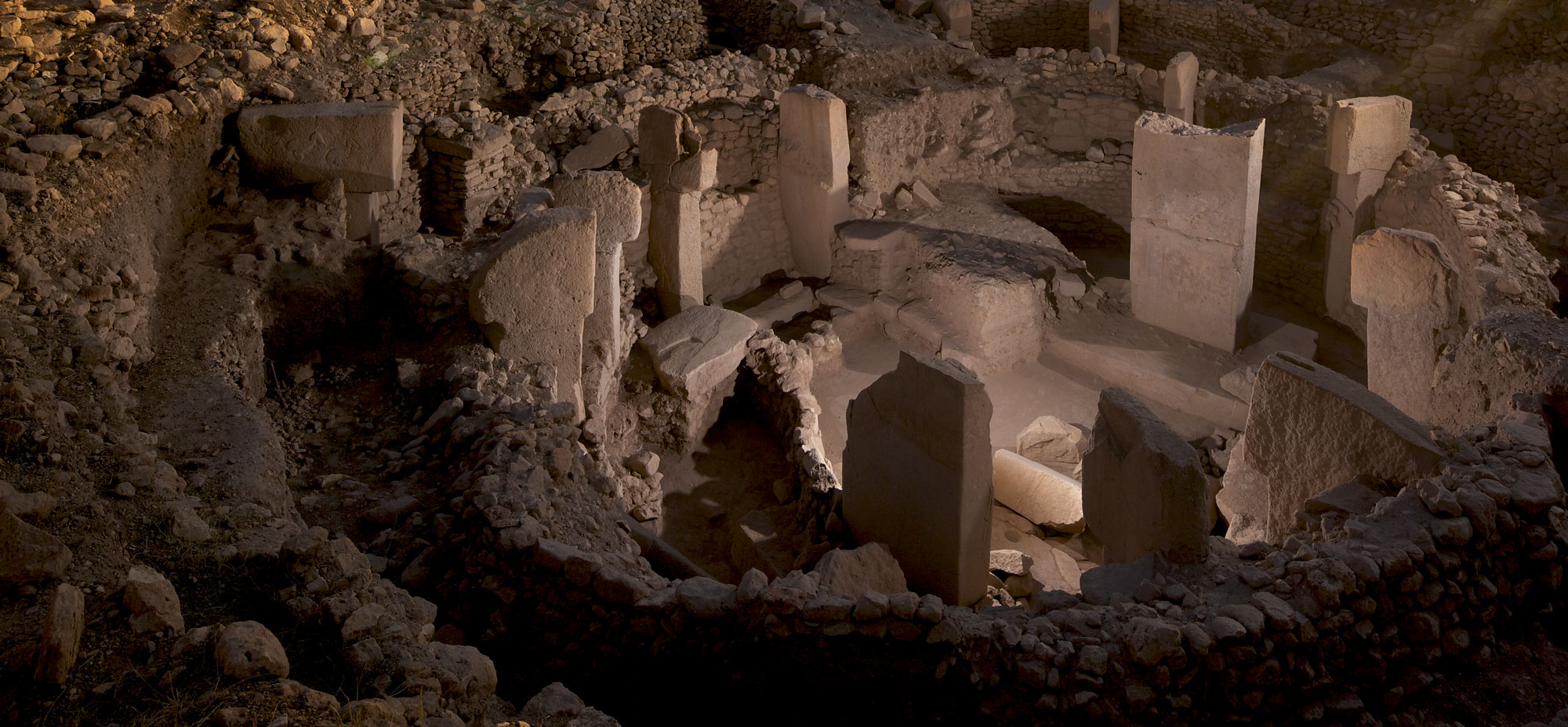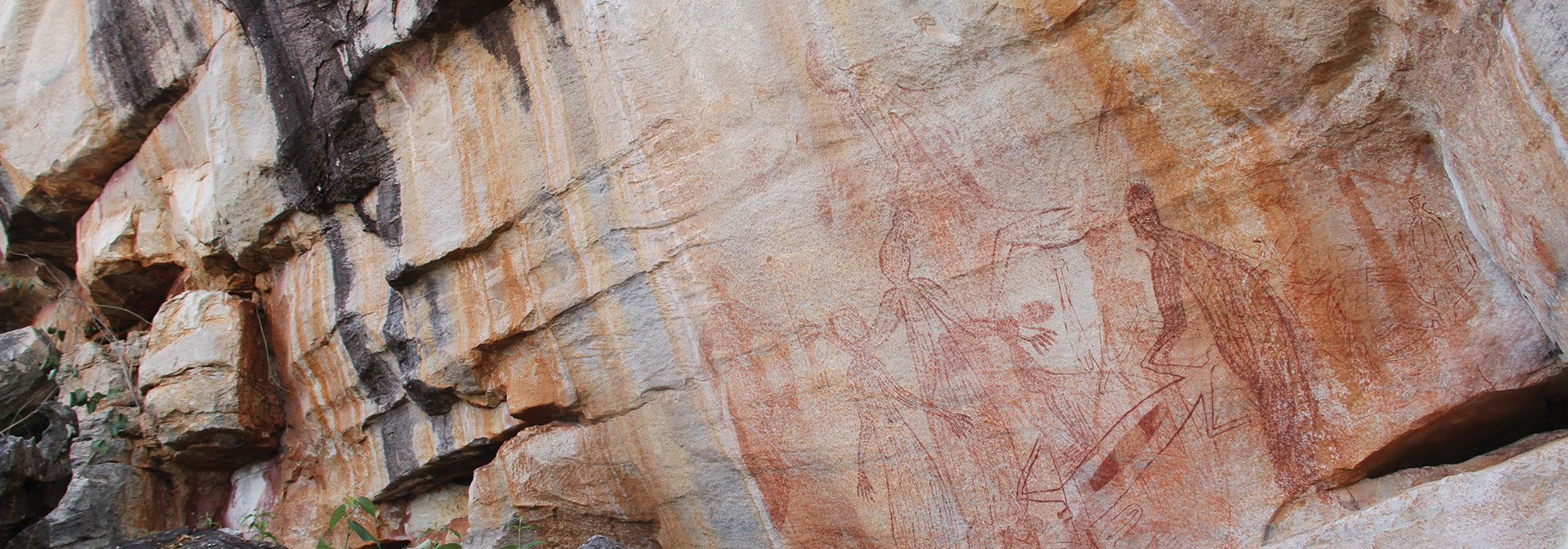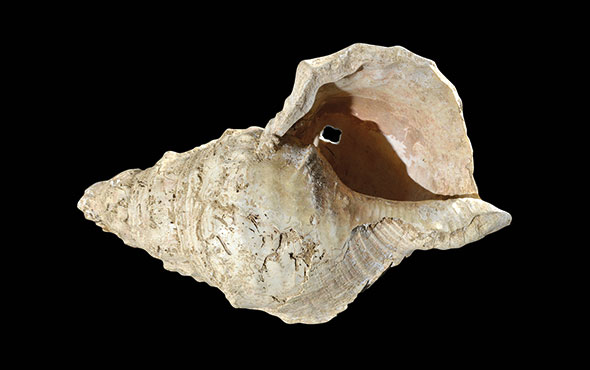
OXFORD, ENGLAND—According to a statement released by the University of Oxford, researchers J. Alyssa White and Rick Schulting of the University of Oxford think the more than 790 deep, serrated wounds on the skeletal remains of a man held at Kyoto University could have been inflicted by a shark some 3,000 years ago. The remains were discovered in the Tsukumo Shell-mound cemetery, a Jomon-period site located in the southern part of Japan’s Honshu Island. The man’s left hand and right leg were missing from the grave, while his left leg was found inverted and on top of his body. The researchers think the man may have been fishing with companions when he was attacked, since his body was recovered. The character and distribution of tooth marks, they added, suggest a tiger shark or a white shark was the culprit. To read about 23,000-year-old shell fishhooks found in an Okinawa cave, go to "Japan's Early Anglers."










